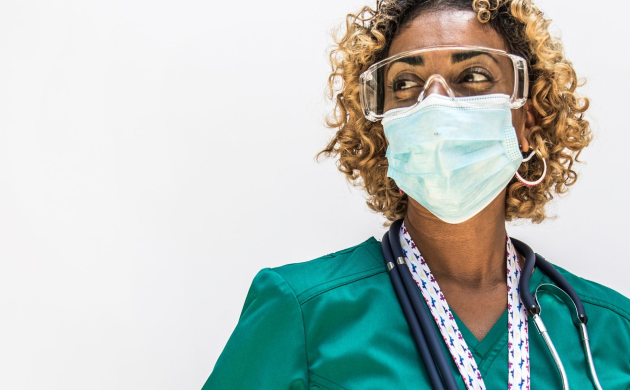
How to avoid summer skin infections
The dog days of summer are here and there is no better way to cool off than by going swimming at the pool, camp, or lake. You probably think to protect your skin from the sun by applying sunscreen. But did you know there are other things you should do to protect your skin at the pool or beach?
Swimming or even walking around a pool presents some hidden health hazards that can put you at risk of developing a skin infection. Summit Health dermatologist Jenna Presto, MD, explains what skin infections are commonly found at the pool and shares tips that can help you avoid coming home with an uninvited condition.
And remember if you do develop signs of a skin infection, stop by CityMD for immediate evaluation and treatment. Our physicians are ready to assist you with all your urgent care needs. No appointment is necessary.
Tip #1: Swim in well-maintained pools and lakes, especially if you have a wound that isn’t completely healed.
Water is filled with bacteria, parasites, and viruses that thrive in lakes, ponds, the ocean, chlorinated pools, and hot tubs. These bacterial invaders can enter your body through cuts in the skin and cause you to develop a swimming skin infection such as a swimmer’s itch or hot tub rash. Common symptoms of these skin infections include:
- An itchy rash that looks like pimples.
- Red or purple bumps that may form nodules or blisters.
- A tingling, burning, or itchy feeling on the skin.
- Swollen, red patches of skin that may be warm to the touch or filled with pus.
If you develop these symptoms or have a fever, see a health care provider right away.
Tip #2: Protect your feet by wearing footwear on the pool deck and drying them off after a swim.
“Most people wear flip-flops to avoid athlete’s foot infections in gym showers, saunas, and locker rooms,” explains Dr. Presto. “The athlete’s foot fungus is known to thrive in the perimeter of the pool area, too.”
Fungus loves to grow in moist environments. Having dry feet can help prevent infection.
Tip #3: Have plenty of clean towels on hand.
When it’s time to head home from a day at the pool, kids often grab a damp towel to dry off. But this is a definite hygiene “no-no,” says Dr. Presto. Used, wet towels are the perfect environment for viruses and bacterial infections. Make sure you and your kids take a fresh towel when you come out of the water.
Tip #4: Follow good hygiene to reduce your chances of getting a staph infection.
Bacterial skin infections, parasites, and fungi can all cause skin rashes and infections at the pool. “Staph infections can also spread from person to person and through objects," warns Dr. Presto. Remember these tips:
- Wash your hands thoroughly.
- Always wear shoes.
- Keep open wounds covered.
- Shower after going in the pool, hot tub, sauna, lake, or ocean.
- Avoid sharing personal items, including razors, towels, and shoes.
Tip #5. If you do develop an infection, make an appointment with a physician. Do not wait to get medical attention.
Most summer skin infections can be easily treated. Staph infections, however, can become serious if they are not identified in the early stages. Some common treatments for bacterial infections include:
- Antibiotics. Your health care provider may need to do a culture from a draining wound or an abscess to identify what medication will work best for you.
- IV antibiotics may be necessary for more serious infections that are resistant to oral antibiotics.
- A skin infection that results in a collection of pus under the skin, is called an abscess and may require incision and drainage.
CityMD can help.
We hope you have a fun and safe summer. If you or your family members show any signs of a skin infection, walk right into your neighborhood CityMD urgent care and see a provider right away. No appointment is needed.

We’re ready to care for you.
Visit any CityMD urgent care location in your community today for an evaluation with one of our expert providers.